Hawaii’s beautiful beaches and warm weather have always attracted visitors, but now a new group is arriving: digital nomads.
These remote workers bring their laptops and mainland paychecks to the islands, creating both exciting opportunities and serious challenges for local communities.
Understanding how digital nomads affect Hawaii’s economy helps us see the full picture of this growing trend.
1. Foreign Money Flowing Into Local Businesses
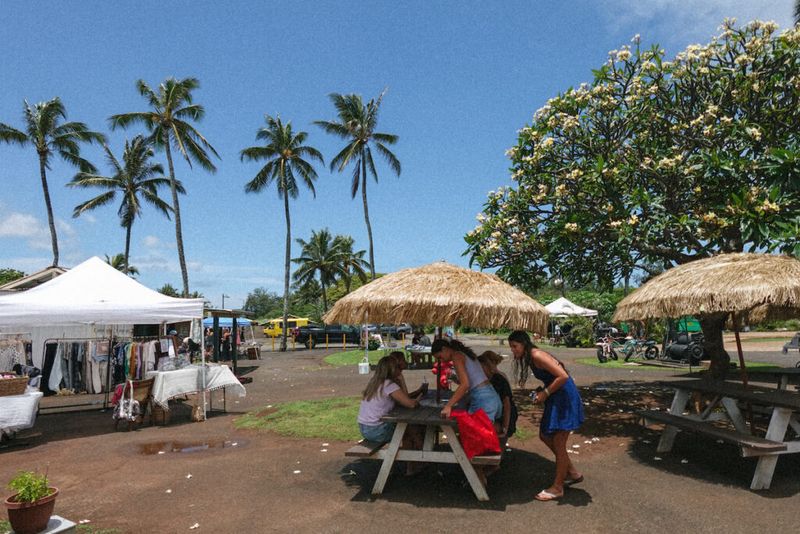
Remote workers earning big-city salaries bring fresh money into Hawaii’s economy every single day. When they grab coffee at neighborhood cafes, buy groceries at local markets, or eat dinner at family-owned restaurants, that mainland income directly supports island businesses.
Unlike tourists who visit briefly, digital nomads often stay for months, creating steady revenue streams. Their spending habits help small business owners hire more staff and expand their services.
Local shops selling everything from surfboards to organic produce benefit from this consistent customer base with strong purchasing power.
2. New Jobs Through Coworking Spaces and Services

The arrival of remote workers has sparked a boom in specialized businesses across the islands. Coworking spaces with high-speed internet, trendy cafes designed for laptop work, and hospitality services tailored to long-term visitors are popping up everywhere.
Each new business creates employment opportunities for Hawaii residents in management, customer service, and technical support roles. Local entrepreneurs are launching shuttle services, meal prep companies, and event spaces specifically targeting this nomad community.
The ripple effect means construction workers, interior designers, and tech installers also find more work building and maintaining these facilities.
3. Bringing Hawaii’s Talent Back Home

For decades, talented Hawaii residents moved to the mainland seeking better-paying jobs, leaving their families and culture behind. Remote work is reversing this heartbreaking trend by letting former islanders return home while keeping their high-salary positions.
Engineers, designers, writers, and consultants who once felt forced to leave can now contribute their expertise locally. They volunteer at schools, mentor young people, and participate in community organizations with their valuable skills.
This homecoming strengthens Hawaii’s knowledge base and keeps families together, enriching the islands with experienced professionals who truly care about their communities.
4. Better Internet and Roads for Everyone
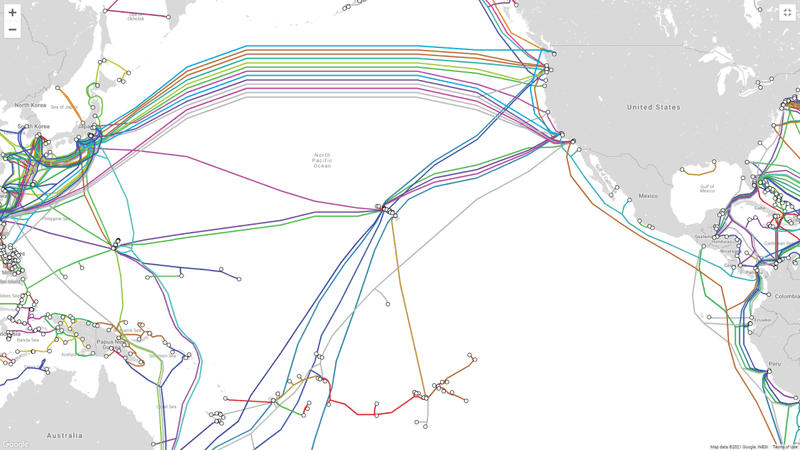
Digital nomads absolutely need reliable, fast internet to do their jobs effectively. Their demands have pushed internet providers and local governments to upgrade outdated infrastructure across the islands, installing fiber optic cables and improving wireless networks.
These improvements benefit all residents, not just remote workers. Students can complete online homework faster, local businesses can process transactions smoothly, and telemedicine becomes more accessible for rural communities.
Road repairs and public transportation upgrades also happen more frequently because the increased population creates urgency. Everyone gains when infrastructure modernizes to meet growing needs.
5. Housing Prices Pushing Locals Out
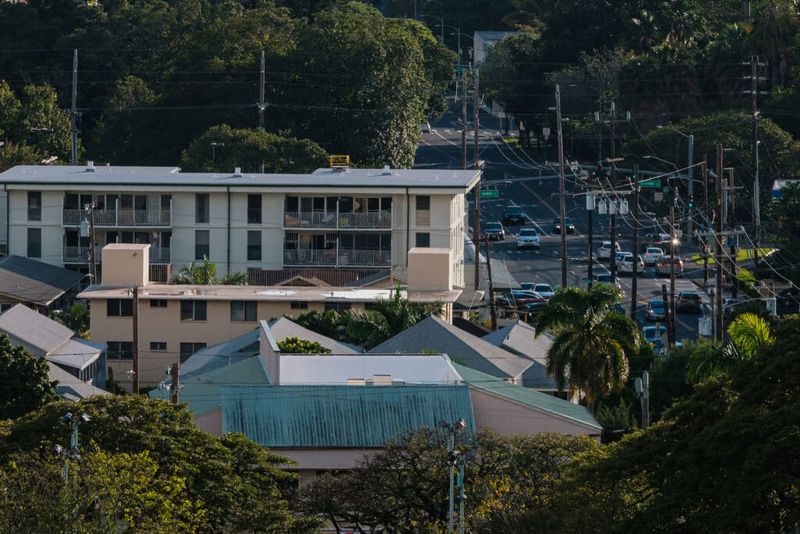
This represents the darkest side of the digital nomad trend. Wealthy remote workers competing for limited housing drive rental and purchase prices to devastating heights that local families simply cannot afford.
Teachers, nurses, restaurant workers, and other essential employees earning Hawaii wages find themselves priced out of neighborhoods where their families have lived for generations. Landlords often prefer short-term nomad tenants who pay premium rates over long-term local renters.
The result? Families crowd into smaller spaces, move to less desirable areas, or leave Hawaii altogether, breaking apart communities and cultural connections that took decades to build.
6. Everything Costs More Now

When thousands of high-earning newcomers arrive willing to pay premium prices, businesses naturally raise costs on everything. Grocery stores charge more for basic items, gas stations increase fuel prices, and service providers bump up their rates to match the new market.
Long-time residents watch their budgets stretch thinner each month as inflation outpaces their wage increases. A gallon of milk, a haircut, or car repairs that were once manageable become genuine financial burdens.
Families cut back on activities, skip medical appointments, or work multiple jobs just to maintain their previous standard of living in their own homeland.
7. Island Resources Running Dangerously Low
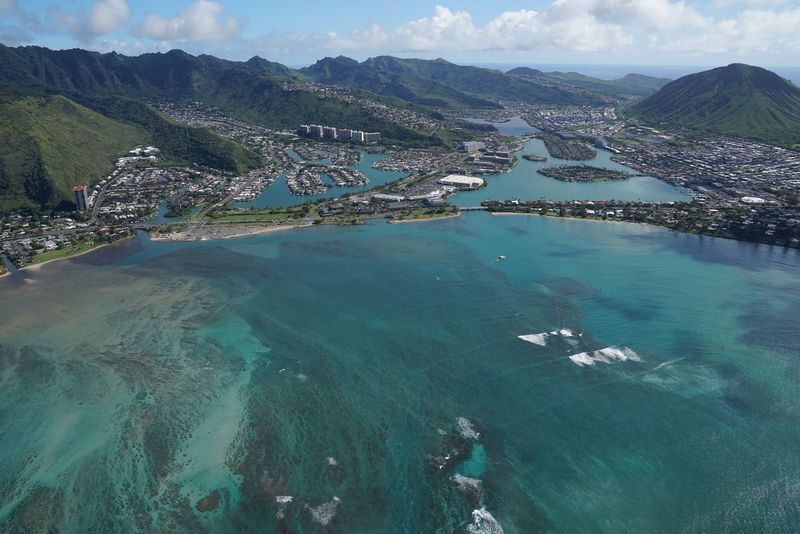
Hawaii’s islands have finite land, limited freshwater sources, and fragile ecosystems that cannot expand to accommodate unlimited population growth. Each additional resident increases demand on water systems, sewage treatment, electricity grids, and waste management facilities already operating near capacity.
Traffic congestion worsens as more cars crowd narrow roads never designed for such volume. Beaches become overcrowded, hiking trails suffer erosion from overuse, and energy costs rise as power plants strain to meet demand.
The environmental impact concerns many residents who see their precious island home degrading under pressure from unsustainable growth driven partly by the remote work migration.
8. Growing Tension Between Locals and Newcomers
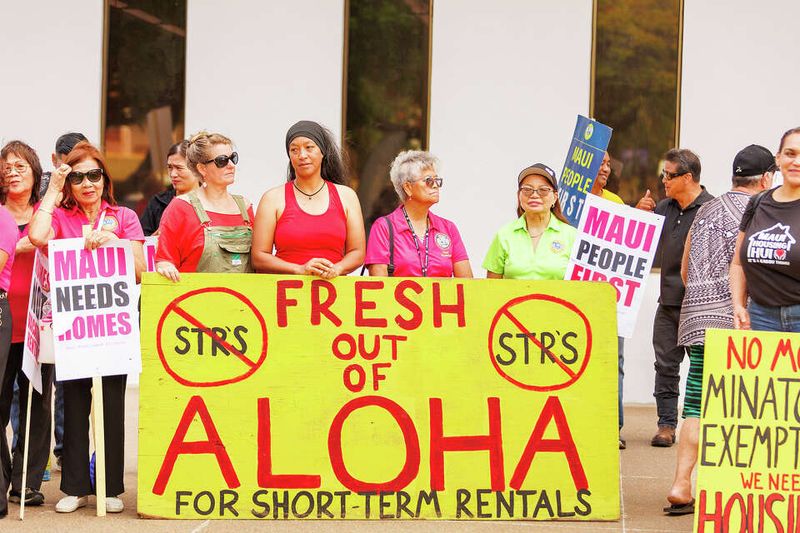
Resentment builds when locals see outsiders enjoying paradise while they struggle with rising costs those same newcomers created. Many Hawaii residents feel their culture and lifestyle are being exploited by wealthy transplants who treat the islands like an exotic backdrop for Instagram posts.
The perception that digital nomads contribute little to community traditions while benefiting from generations of Hawaiian hospitality creates real friction. Local workers serving wealthy remote employees in restaurants and shops feel the inequality acutely.
Some neighborhoods experience cultural clashes over noise, respect for sacred sites, and understanding of island customs, deepening divisions between established communities and transient populations.
9. Longer Tourist Stays Mean More Money Circulating

Traditional vacationers typically spend a week or two in Hawaii before jetting home. Digital nomads, however, often stay for months at a time, which means they spend far more money overall in local communities.
They rent apartments, buy groceries weekly, get haircuts, visit doctors, and become regulars at neighborhood restaurants. Unlike cruise ship passengers who eat onboard, remote workers pump cash directly into mom-and-pop shops.
Local farmers’ markets see familiar faces returning each Saturday. Coffee shops gain loyal customers who tip well and build friendships with baristas. This extended presence creates a steady income stream that helps small businesses survive Hawaii’s expensive operating costs and seasonal tourism dips.
10. Small Towns Getting Revitalized with Fresh Energy
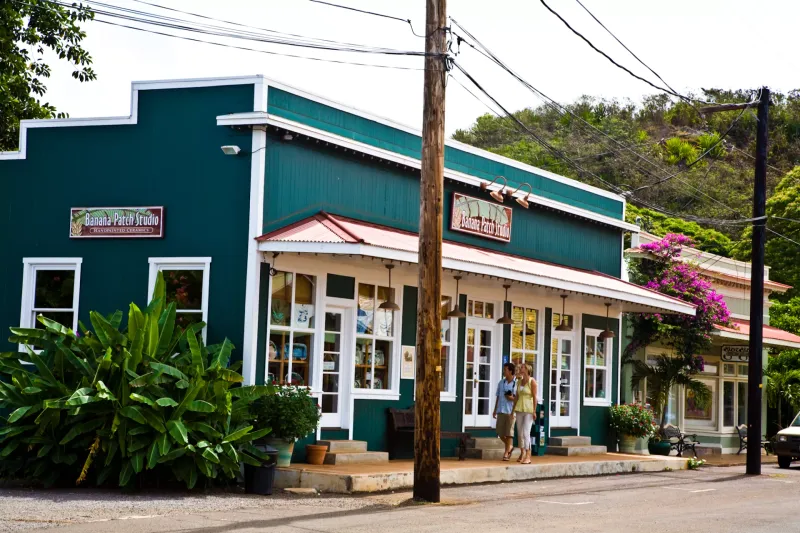
Remote workers are discovering Hawaii beyond Waikiki’s crowded hotels. Small towns on less-visited islands are experiencing unexpected revivals as digital nomads seek affordable, authentic experiences away from tourist traps.
Empty storefronts are transforming into trendy cafes with strong Wi-Fi. Abandoned buildings become shared workspaces where locals and newcomers collaborate on projects. Property owners finally have reasons to renovate neglected spaces.
Did you know? Some rural Hawaiian communities that struggled after sugar plantations closed are now buzzing with activity again. Young entrepreneurs are opening businesses catering to both residents and remote workers, creating jobs and restoring pride in neighborhoods that felt forgotten. This economic injection breathes new life into places that desperately needed it.
Dear Reader: This page may contain affiliate links which may earn a commission if you click through and make a purchase. Our independent journalism is not influenced by any advertiser or commercial initiative unless it is clearly marked as sponsored content. As travel products change, please be sure to reconfirm all details and stay up to date with current events to ensure a safe and successful trip.